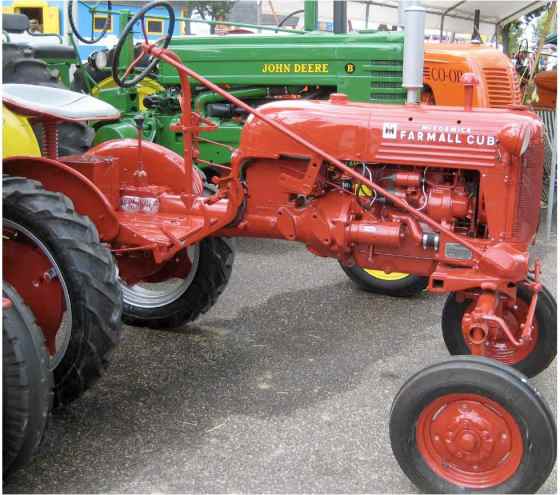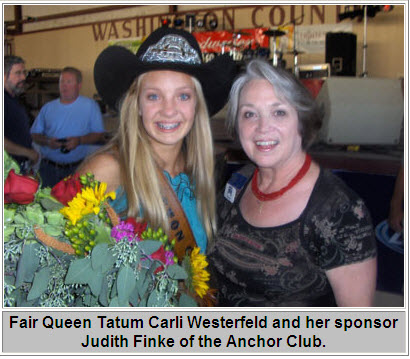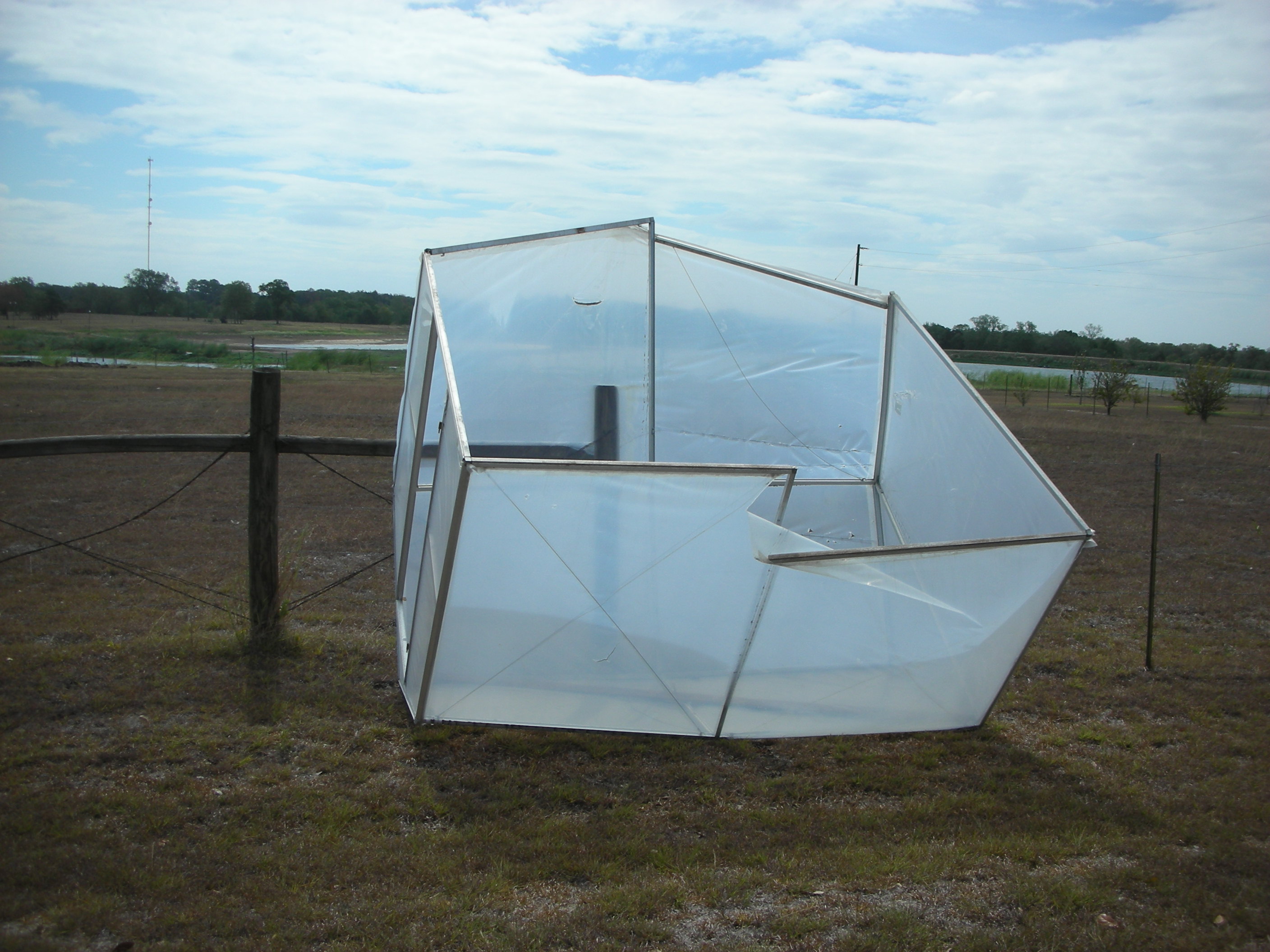For quite some time I have been impressed by, and somewhat enamored with, Texas Specialty Cut Flowers outside of Blanco, Texas. Frank and Pamela Arnosky are the owners of one of the most successful field grown flower farms in the U.S. (and probably the whole world if the stats were checked). Starting with nothing but a chain saw and a dream, they built a business that now provides the absolute finest quality, locally grown, fresh cut flowers to companies like HEB, Central Market and Whole Foods. You can also buy direct, on the honor system, at their big blue barn.
My wife and I got to meet Pamela last weekend. Pamela and Frank are both masters of horticulture in every sense of the word and it was truly a thrill for me to meet her. I have so much respect for the business they have built and I was very excited to get to see a bit of it in person.
Anyone that knows Pamela will tell you that she is the hardest working person they have ever seen. Farming is a tough job and if you are going to be successful you just don’t have much idle time. Because of this, it was no surprise for us to find Pamela working when we pulled up. She was busy making arrangements for the Old Blanco County Courthouse Preservation Society Gala. Pamela donates her time and her products to this group. When we arrived she was in the process of turning old cowboy boots and her flowers into stunning center pieces for the gala tables.
Frank and Pamela are passionate about what they do. They rely on the science of horticulture to consistently turn out the best flowers possible. Through research, experimentation and strict adherence to some very basic horticultural principals, she and her husband have turned the thin, rocky soil of the Texas hill Country into a floral oasis that abundantly provides year after year.
They are also evangelists of sorts for their industry. Even though they spend just about every waking hour working their business, they still find time to give back. In addition to their strong support of their local community, they are very active in the Association of Specialty Cut Flower Growers. They have both served as regional directors for this organization. They also wrote a monthly column for “Growing for Market” for almost 15 years. Two books resulted from those articles; We’re Gonna Be Rich (out of print) and Local Color: Growing Specialty Cut Flowers for Market (click the link to buy it now). Growing for Market is a great resource for those of us that want to learn more about growing flowers or other forms of produce for market. The editor of “Growing for Market” is Lynn Byczynski. Lynn is also a giant in this industry. Her book, The Flower Farmer (published by Chelsea Green), is now in it’s second printing.
Right now, the floral season is beginning to wind down. However, the Arnoskys still have lots of flowers available. They sell alot flowers for the annual Dia de los Muertos (or the Day of the Dead for all of you gringos) celebrations across our great land. If you are in the area, drop by the big blue barn on the weekend before November 1. They will be celebrating Dia de los Muertos with a large communal ofrenda (this is an altar that honors the ancestors during the Dia de los Muertos celebrations) and an open house. The ofrenda is truly lovely and the celebration is something you won’t forget.
The Arnoskys are a shining example of what I like to think of as the American dream. They started their business with almost nothing. Now, after 21 years of dedication, determination and sweat, they have built a thriving family business that provides them with a nice living, a ton of pride and the satisfaction that comes from doing something well. Their efforrts bring joy to countless fans around the country. My hat is off to these two “Masters of Horticulture”. May the horticultural gods continue to richly bless them!













































